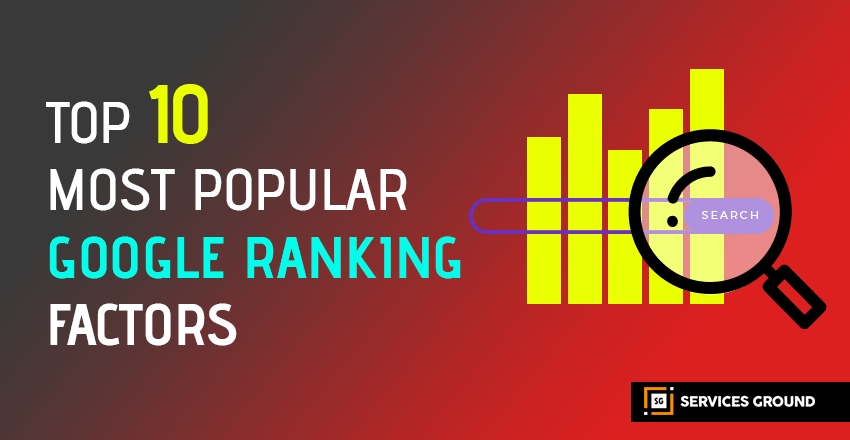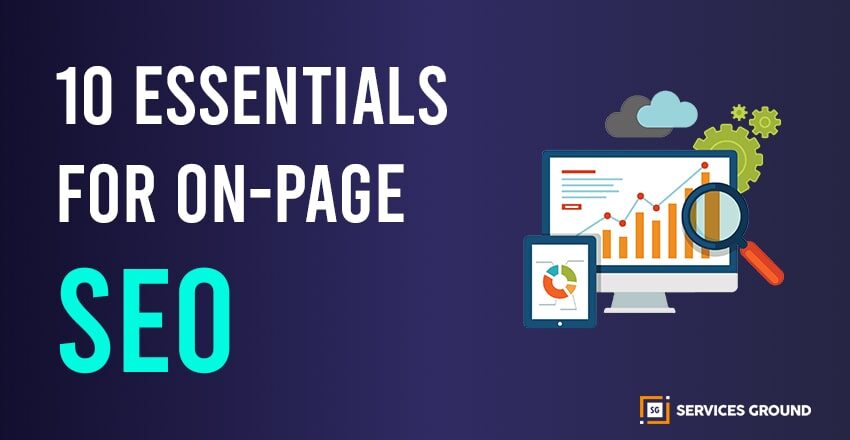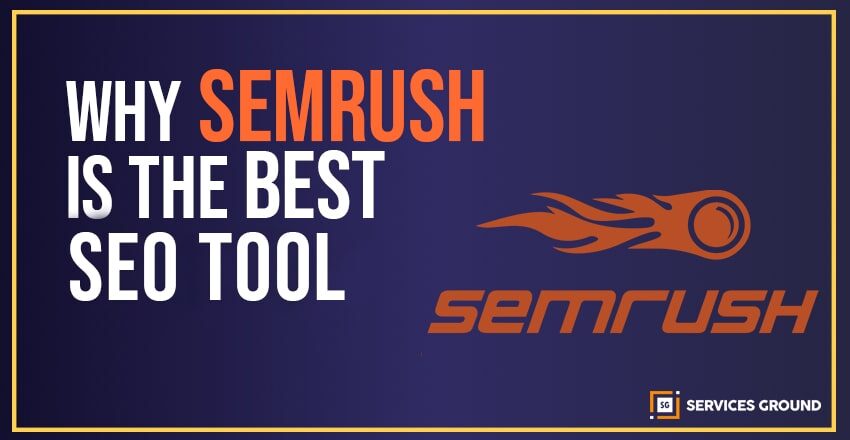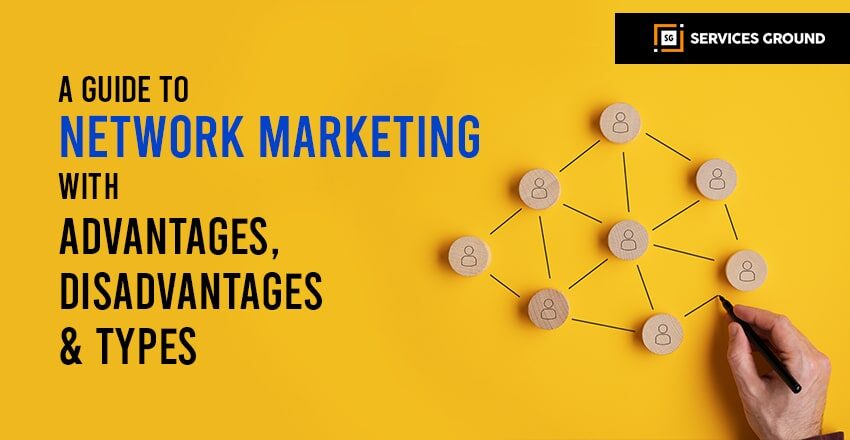Search engine optimization (SEO) is the process of optimizing your website to rank as high as possible in organic search engine results. When talking about search, we use the term “organic” to refer to search results that are unpaid. This is different from pay-per-click advertising (or PPC), which is a strategy that focuses on paid traffic generation. Then comes the google ranking factors.
While you can’t control how search engines think and operate, there’s still a lot you can do to boost your website’s chances of appearing in search results. That’s where the practice of SEO comes in, which is about aligning your website with Google’s various ranking factors.
Types of Google ranking factors
Before we get into the top 10 Google ranking factors around which you can optimize your website pages, let’s first go over the different types. Marketers usually talk in terms of on- and off-page ranking factors, but there are really three groups:
- Off-page ranking factors: These are being measured by Google elsewhere from your site, and primarily involve backlinks.
- On-page ranking factors: These are mainly related to the keywords and informational quality of your pages.
- Technical ranking factors: These are also measured on your site, but have more to do with its overall performance as a whole, as opposed to individual pages.
1. Site and page speed
Nobody likes a website that takes forever to load, and if you could ask search engines what they think, they would agree. That’s why having a website that loads quickly and seamlessly is a core component of technical SEO.
If your pages are taking too long to load, you’re likely going to see your bounce rate skyrocket, which will hurt your ranking. Users expect a pain-free browsing experience, which is why page speed is an important ranking factor. Always keep this in mind when auditing your site for SEO improvements.
2. Usability on mobile
Google uses mobile-first indexing when crawling websites. This means that the search engine predominantly uses the mobile version of a website when it’s evaluating a page.
Even if the desktop version of your site is flawless, your search engine ranking could take a huge hit if the site isn’t optimized for mobile. Always preview your web pages to ensure that they’re easily accessible across different types of devices, not just desktop.
3. Internal links
As mentioned earlier, search engines work by crawling and indexing different pieces of content on your website. The crawlers use internal links as a signal that helps them to analyze and properly index this information.
The term “internal links” refers to any hyperlink that points to an internal page within your website.
To do this, you must be mindful of what pages you’re linking to each time you create a new page or a new piece of content.
One popular method for keeping your internal links organized is by creating topic clusters. The idea is simple: you create content around a specific umbrella “pillar” topic and keep your interlinking within this cluster.
4. Keyword targeting
Keywords are at the center of an effective SEO strategy. These are the search terms that people use when they go on a search engine to find what they’re looking for. Before you can start creating content for your website, it’s critical to conduct keyword research.
In a recent survey conducted by Directive, 78% of marketers identified keyword research as a high-impact practice for driving new traffic. The research process allows you to better understand what your audience is searching for and create content that directly addresses these search queries.
5. Title and header tags
Once you know which keywords you want to rank for, it’s important to insert them into specific places on your page, like the title and header tags. Search engines use these tags to learn what the page is about and index it appropriately.
The title tag is what’s displayed the most prominently in the search results pages (see below).
6. Meta description
The meta description is a short description that lives in the HTML code of your web page. Although it doesn’t appear on the page itself, it’s displayed in search results. In the image below, you can see the meta description that appears in light gray text.
7. Image alt-text
If you’ve ever searched for anything on Google Images, you can probably guess that there’s an SEO component to images as well. Every image on your website comes with alt-text, also referred to as an alt-tag.
This text serves several purposes:
- It makes your website accessible to visually-impaired readers who rely on screen readers to browse the internet.
- If your image fails to load, the alt-text will appear in its place.
- It helps search engines to understand the image and index it properly.
8. URL structure
It may seem simple, but the way you structure your page URLs does have some impact on your search engine ranking. A jumbled URL with many mixed characters doesn’t do a good job of helping search engines learn about the page.
On the other hand, a URL that follows a simple structure, is concise, and incorporates the target keyword — now that’s an SEO-friendly URL.
9. Information quality
Unless it’s completely evergreen, most content loses its value over time. Let’s face it, your “top tips of 2018″ just aren’t cutting it for your audience anymore. We know that Google search trends change over time. The terms that your audience used to find your content could’ve easily changed since the time that older piece was created. We also know that Google values freshness as well as accuracy and relevancy when determining rankings. If your website has been around for a while, there’s a good chance there’s a lot of old and underperforming content that’s just sitting there.
10. Backlinks
A backlink is a hyperlink that comes from a page outside of your website. Google launched its game-changing PageRank algorithm update back in 1996, which made clear that the number and quality of links to a page would be a strong indicator of the quality of a web page, and more than two decades later, it still is.
Thanks for reading.
If you liked this article and want to read more of these, please subscribe to our newsletter and follow us on Facebook, Youtube, Linkedin, and Twitter.













